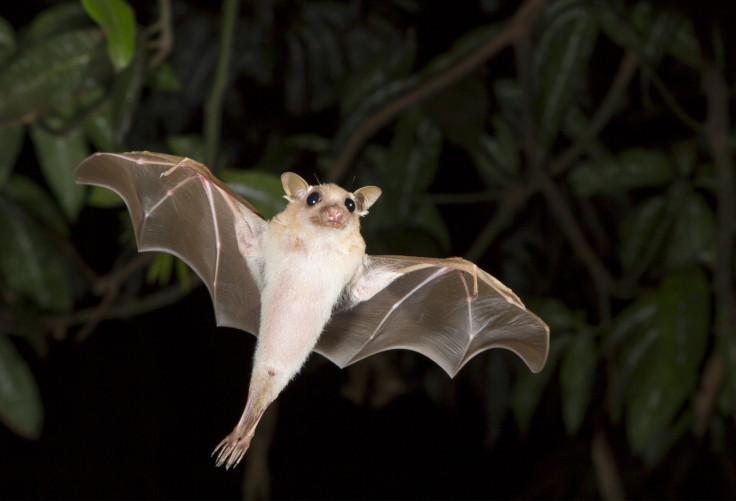How The Ebola Outbreak Extends Infection To Both Animal And Environmental Health

“Eventually, everything connects.” Although American architect Charles Eames spoke these words before Ebola was ever recognized, they perfectly capture the series of events that led to the current largest Ebola outbreak ever. According to a recent study, Ebola is a stark reminder of the delicate link between the health of humans, animals, and the environment, and what happens when this link is disrupted.
Although the researchers from Ohio State University would not call the Ebola pandemic a good thing, according to a press release it has presented an opportunity for scientists to inform the public about the dire need to halt the spread of infectious diseases.
“To attain a true One Health approach, we need broad recognition of the interconnectivity among the health of humans, domestic, or wild animals and the environment, which are all closely linked by the pathogens that they share," explained lead researcher Wondwossen Gebreyes in the press release.
In the study, which is published in the online journal PLOS Neglected Tropical Diseases, Gebreyes explains how Ebola is a zoonotic infection, meaning one transmitted from animals to humans. It’s believed that bats are the original carriers of the Ebola virus, Scientific American reported. According to the Centers for Disease Control and Prevention, about 75 percent of recently emerging infectious diseases affecting humans are of animal origin, and about 60 percent of all human pathogens are zoonotic. Commonly known zoonotic diseases include Lyme disease, rabies, and West Nile.
What many don’t realize is that these diseases don’t just wreak havoc on human health. They leave collateral damage along the way, killing livestock, reducing the number of qualified health workers and educators, creating political unrest, and stopping the progress of developing nations.
As reported in Newsweek earlier this month, one of the greatest battles health care workers are facing in the West African Ebola outbreak is not treating the patients but keeping themselves healthy. The virus has also heightened distrust of the government and been the root of mob attacks and fear-fueled murders. The virus has also devastated chimpanzee and gorilla populations.
Thankfully, Gebreyes has suggested a way to address this problem: One Health. This is a grassroots programs aiming to combine the expertise of scientists, policymakers, farmers, educators, and ecologists to create a measurable change on a global level.
Unfortunately, Gebreyes explained that for global One Health to be implemented effectively and widely adopted, the risks associated with emerging infectious diseases need to be quantified, and the capacity needs and available resources must be assessed. The researcher believes that it’s time to take a “one size fits all approach” to zoonotic diseases and hopes his One Health will be the start.
Source: Gebreyes WA, Dupouy- Camet J, Newport MJ, et al. The Global One Health Paradigm: Challenges and Opportunities for Tackling Infectious Diseases at the Human, Animal, and Environment Interface in Low-Resource Settings. PLOS Neglected Tropical Disease. 2014.



























